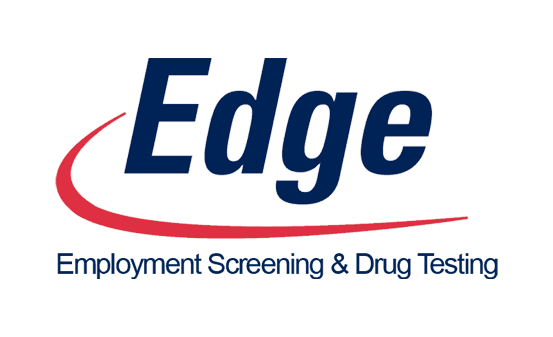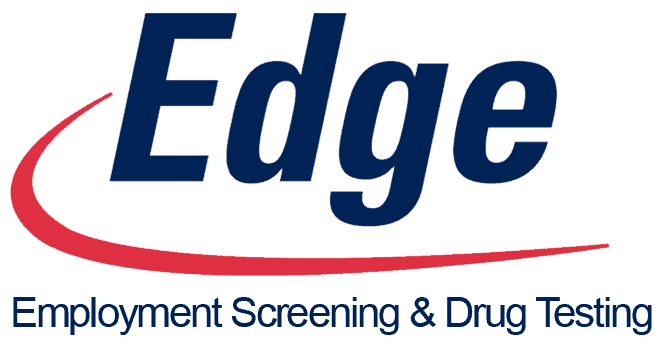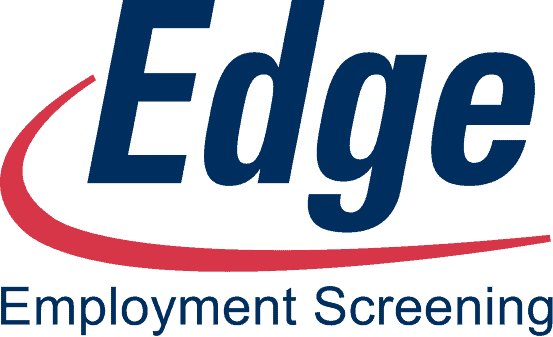The industry environment is constantly changing. You must prepare your workforce to thrive in these changes. To achieve this, plan and implement proactive strategies and steps.
Future-proofing your workforce must start with a comprehensive employment background check. This article will help in the what, why, and how of future-proofing your workforce.
The Meaning of Future-Proofing Your Workforce
Future-proofing the workforce is about preparing your employees and organization for the challenges of tomorrow. Your workforce must adapt and thrive in an ever-evolving industry environment. This involves strategic planning and proactive steps expecting future changes.
But before making our workforce future-proof, the importance of hiring the right people cannot be overlooked. Your company must have a thorough pre employment background check. Ensure that your hired employees are trainable, adaptable, and trustworthy.
The Need to Future-Proof Your Workforce
The business landscape is constantly evolving because of several factors. Examples of these are the overall economic mood, political climate, social and cultural trends, technological innovations, and regulatory changes.
To be successful, the company must cultivate not only resilient leadership and robust organizational structure, but a resilient workforce as well. They must be prepared to face future challenges through proactive strategies.
The Strategies for Future-Proofing Your Workforce
Here are some strategies that will future-proof your workforce.
Create a Sustainable Skills Framework
A skills framework, also known as a competency framework or skill matrix, is a structured approach to identifying, categorizing, and organizing skills.
Before the creation of the skills framework, study the current and future needs of the company’s workforce. Identify the core skills required in the coming years. Include technical skills, soft skills, and adaptability.
Then look for skills gaps that need attention.
And then, create the skills framework. The key components are the following:
- Identifying the relevant skills for a certain industry or sector
- Recognizing skills needed for a certain occupation or role
- Discovering current and emerging skills needed for the occupation or job role
Implement Agile Workforce Planning
Agile workforce planning is the method of establishing the right workforce capability to meet the strategic business objective. It involves the following steps:
- Define your strategic objectives and scenarios
- Assess your current and future workforce needs
- Develop and implement your workforce plan
- Monitor and review your workforce plan
Agile workforce planning and skills framework work together. Agile workforce planning uses the right skills determined in the skills framework. A well-defined skills framework is hugely useful in assessing the current and future workforce needs.
Agile workforce planning lays down the blueprint for the workforce future-proof. Once fully implemented, the workforce will become resilient and adaptable to future challenges.
Provide Upskilling and Reskilling
Upskilling is teaching employees additional skills. Reskilling is acquiring entirely new skills for transitioning to a new job. Both are needed in future-proofing the company’s workforce. Because of this, schedule training for upskilling and reskilling occasionally.
Training options include online courses, workshops, conferences, or mentorship programs. Additionally, training can also be delivered in short-form or modular formats.
Promote a Culture of Continuous Learning
With the future in mind, provide an environment that encourages continuous learning. Provide online and offline resources to facilitate learning new skills. Recognize and reward those who actively upgrade their knowledge and skills. The aim is to ensure your employees know the latest technologies and trends.
Adopt Flexible Work Arrangements
Prioritize results rather than being present at the office. Some people value work and life balance. Additionally, implement flexible work schedules. Some people work best at certain times of the day or on certain days of the week. In this way, you attract and retain talented employees with diverse work preferences.
Here are some possible flexible work arrangements:
- Flex Time
For flex time, the employee has control over when to start and end a day’s work. The employer is after the quality of work rather than the time of work.
- Compressed Workweek
This arrangement is also known as a condensed workweek. Here, an employee works 40 hours in less than five days.
- Reduced Hours or Part-Time Work
In this arrangement, an employee works less than 40 hours a week.
- Annualized Hours
This is also known as banking hours. Annualized hours arrangement is a combination of flex time and a compressed workweek. This applies to work with variations in work demand like seasonal peaks.
- Flex Place
Others call this work set-up telecommuting or teleworking. An employee works remotely, like from home or some other place.
- Job Sharing
Two or more employees split the full-time work and salary as well. It is similar to part-time work but with a team of employees.
- Work Sharing
The employer, instead of laying off employees, retains them but reduces their work and salary.
- Phased Retirement
This applies to employees nearing their retirement. The employer tapers down the work of the employee until retirement comes. The retiring employee uses this period to train his replacement.
Attract and Retain Top Talent
The talent competition is fierce. Get ahead of others by offering competitive salaries, benefits, and advancement programs. Offer flexible working time arrangements.
Provide a positive environment by giving value to their well-being. These will attract and keep top talents from leaving your company.
Embrace Technology
Provide technology that will help employees enhance and accelerate their work. Use technology in the following areas:
- Payroll
- Hiring
- Inventory management
- Task allocation
- Communication
- Data storage
- Security
Adopt automation, digitalization, and AI so that your employees can focus on high-value work. However, give training for every new technology adopted.
Value Diversity and Inclusion
Embrace diversity and inclusion in your workforce. Employees’ varied backgrounds and perspectives will greatly help in problem-solving and injecting creativity into your company.
Having an employment background check will help you with this. Hire those who can bring the kind of diversity and inclusion that you are aiming for.
To secure the company’s future, the workforce must be future-proof. The company should prepare them to be resilient and adaptable to the incoming challenges of the industry. Proactive strategies should be planned. These strategies should include vital ones like the identification of current and emerging skills, upskilling and reskilling, and agile workforce planning.
But before all these, remember the importance of pre employment background check in hiring employees. This will greatly help you identify the ones with the skills and qualities needed to face the evolving industry landscape. They must be trainable, adaptable, and trustworthy.
Have you future-proof your company’s workforce?










